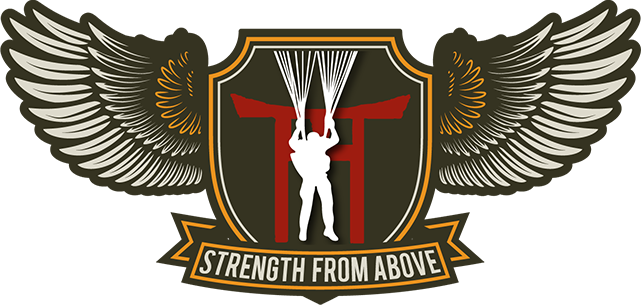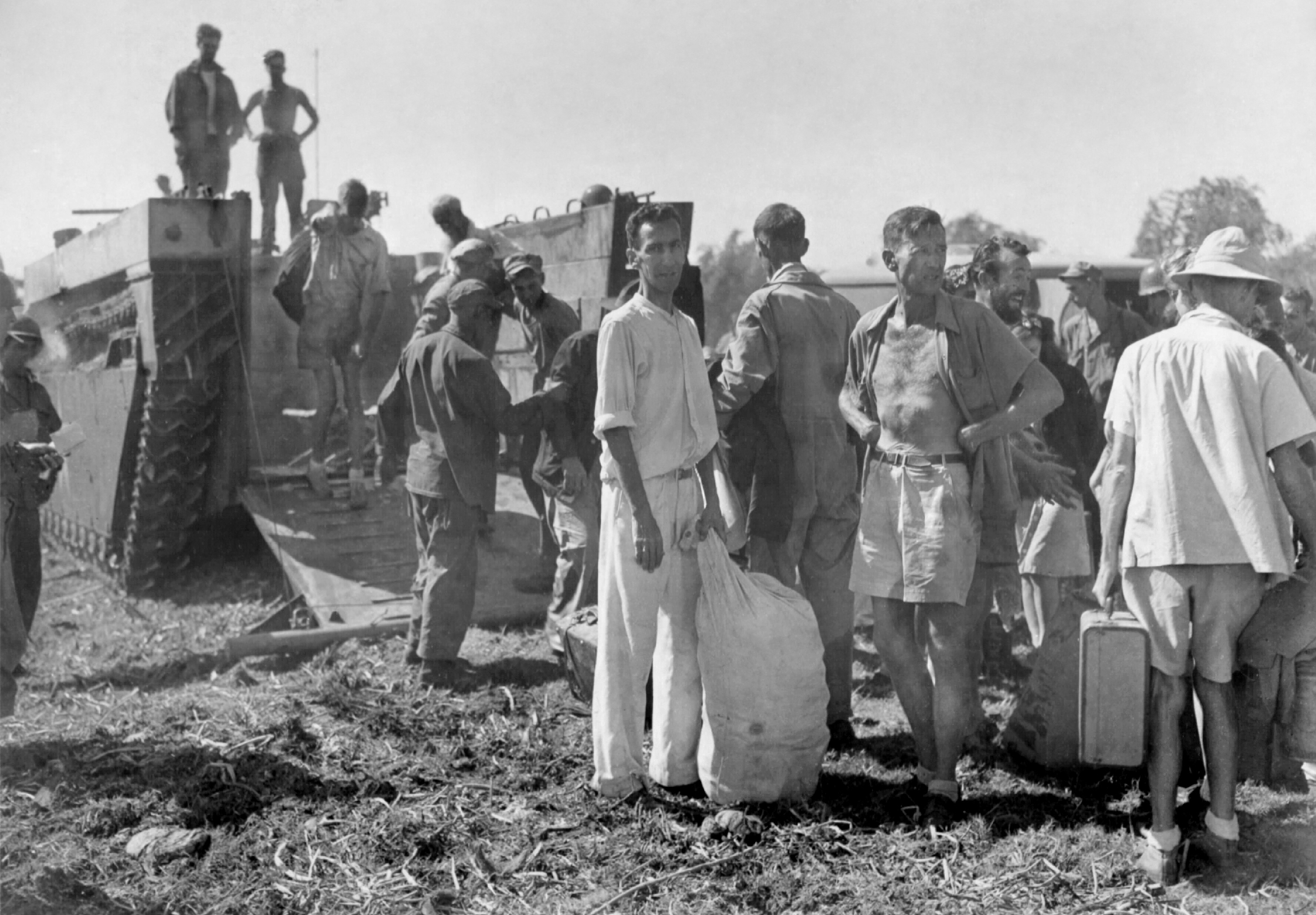MacArthur's Angels: Mac & the 11th Airborne Division
 With the anniversary of General Douglas MacArthur's death (January 26, 1880 – April, 5, 1964) approaching, I thought I would share a fascinating, yet abbreviated history of Mac and my grandfather's 11th Airborne Division which was a favorite "secret weapon" for The Napoleon of Luzon in World War II (a full review of MacArthur's relationship with The Angels can be found in my book, "When Angels Fall: From Toccoa to Tokyo, The 511th Parachute Infantry Regiment in World War II" - Amazon $14.95). The Angels were associated with or touched by several of the war's most historic moments, including some that would thrill military historians and enthusiasts around the world.
With the anniversary of General Douglas MacArthur's death (January 26, 1880 – April, 5, 1964) approaching, I thought I would share a fascinating, yet abbreviated history of Mac and my grandfather's 11th Airborne Division which was a favorite "secret weapon" for The Napoleon of Luzon in World War II (a full review of MacArthur's relationship with The Angels can be found in my book, "When Angels Fall: From Toccoa to Tokyo, The 511th Parachute Infantry Regiment in World War II" - Amazon $14.95). The Angels were associated with or touched by several of the war's most historic moments, including some that would thrill military historians and enthusiasts around the world.
A Meeting of the Generals - May 1944
As the 11th Airborne Division sailed for Dobodura, New Guinea in May of 1944, their commanding general Major General Joseph May Swing was was headed for Australia to meet with General MacArthur. Swing was widely recognized as one of America's most qualified airborne commanders having been artillery commander for the 82nd Infantry Division when it was converted to the 82nd Airborne Division where Swing quickly became a disciple of airborne tactics.
After forming the new 11th Airborne Division at Camp Mackall, North Carolina in November of 1942, Swing had flown to North Africa to advise his old Westpoint roommate General Dwigh D. Eisenhower on the airborne operations in Sicily. After returning home General Swing chaired the famous Swing Board at Camp Mackall which published the training circular which became known as “Employment of Airborne and Troop Carrier Forces” which General Douglas MacArthur certainly received and studied. After Swing's 11th Airborne Division performed so admirably during the test known as The Knollwood Maneuvers in December of 1943 the War Department changed its tune regarding the future of airborne divisions, another victory that MacArthur surely noticed about the 11th Airborne as he himself was more than happy to stick it to Washington.
While I have been unable to uncover any requests made by MacArthur to have General Swing's division sent to his theater, I imagine it was with some satisfaction that he received word that the 11th Airborne Division was being sent his way. To that end, in May of 1943 General Swing headed for 77-79 York Street in Syndey, Australia to meet with General MacArthur and his staff for several days of briefings to learn what role his beloved division would play in the Pacific. For now, the Angels would undergo several months of theater training on New Guinea, though the fresh division would remain in reserve for ongoing operations around Hollandia to the island's north.
After that the Angels would mostly likely be used heavily during the invasion of Luzon (with a bloody and grueling stop on Leyte first).
Eager to lead his division into combat, General Swing told his men, "Think, eat and dream of war. We’re fighting a desperate enemy."

























 Note: This timeline is an attempt to cover the major aspects of this historic operation by date/time. It will not cover every facet or key player of the raid in detail for to do so would require (and has) an entire book. If you would like to read the full story of this mission, you may do so in my book,
Note: This timeline is an attempt to cover the major aspects of this historic operation by date/time. It will not cover every facet or key player of the raid in detail for to do so would require (and has) an entire book. If you would like to read the full story of this mission, you may do so in my book,